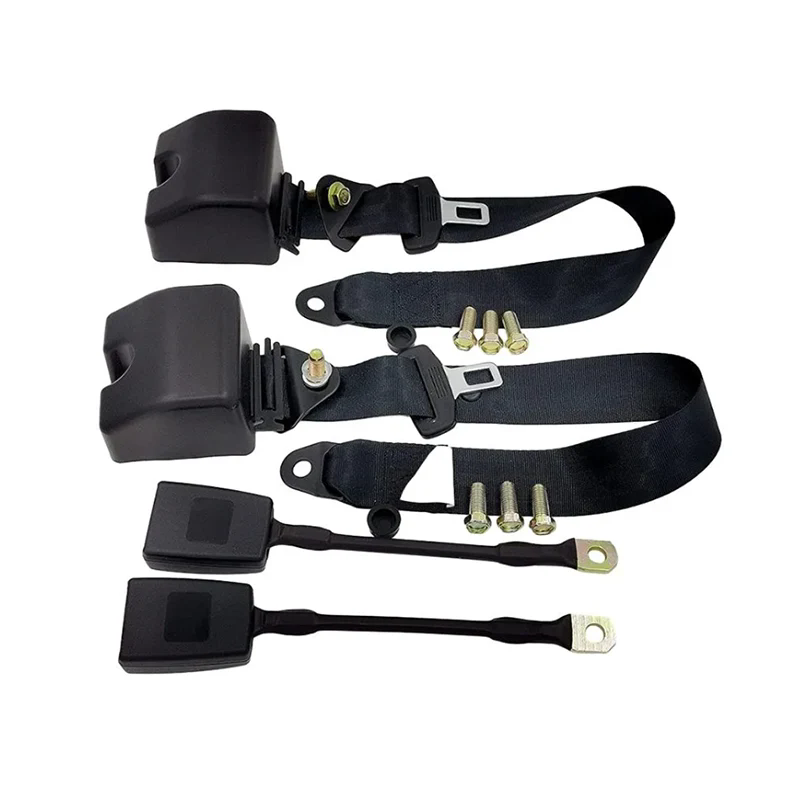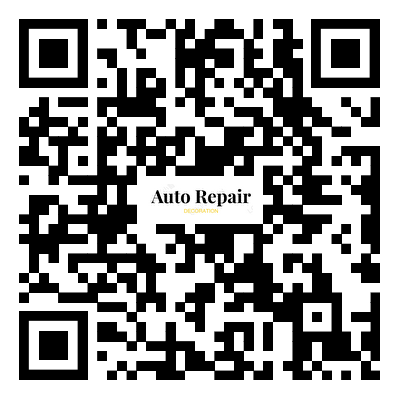How Automotive Seat Belts Ensure Safety and Comfort on the Road
2025-08-19
Automotive seat belts are more than just a legal requirement; they are a critical safety feature that protects drivers and passengers in every journey. Understanding how automotive seat belts work, their technical specifications, and the advantages they provide can help car owners and fleet managers make informed decisions when selecting the best safety solutions for their vehicles.
How Do Automotive Seat Belts Protect Passengers?
Automotive seat belts are designed to restrain passengers during sudden stops or collisions, reducing the risk of injury. When a car decelerates rapidly, unrestrained passengers continue moving due to inertia, which can result in severe injuries. Seat belts absorb the force of this movement, distributing it across the stronger parts of the body, such as the pelvis and ribcage, preventing passengers from colliding with the interior of the car or being ejected.
Modern seat belts incorporate advanced features such as pre-tensioners and load limiters:
-
Pre-tensioners activate immediately upon detecting a crash, tightening the belt to secure the occupant firmly in place.
-
Load limiters allow a controlled amount of belt webbing to extend, reducing the force on the chest and minimizing injury.
By combining these mechanisms, automotive seat belts effectively balance restraint and comfort, ensuring safety without causing additional harm.
What Are the Key Types and Specifications of Automotive Seat Belts?
Automotive seat belts vary by design, application, and vehicle type. The most common categories include:
| Type | Description | Typical Usage | Key Parameters |
|---|---|---|---|
| 3-Point Seat Belt | Secures shoulder and lap | Standard in most passenger cars | Webbing width: 45mm–50mm; Tensile strength: ≥1,500N |
| 2-Point Lap Belt | Secures only lap | Older cars, rear seats | Webbing width: 50mm; Tensile strength: ≥1,200N |
| 4-Point Harness | Two shoulder straps, two lap belts | Racing cars, off-road vehicles | Webbing width: 50mm; Tensile strength: ≥2,000N |
| 5-Point Harness | Two shoulder, two lap, one crotch strap | Child safety seats, racing | Webbing width: 50mm; Tensile strength: ≥2,500N |
| Retractable Seat Belt | Automatically adjusts length | Modern vehicles | Webbing width: 45mm–50mm; Pre-tensioner response: ≤50ms |
Key materials include high-strength polyester webbing, corrosion-resistant buckles, and reinforced stitching. Innovations in automotive seat belt design focus on durability, comfort, and adaptability to different body types.
Seat belts are rigorously tested under international standards such as FMVSS 209 in the U.S. and ECE R16 in Europe, ensuring performance under extreme conditions.
How to Choose the Right Automotive Seat Belt for Your Vehicle?
Selecting the appropriate seat belt involves evaluating safety standards, vehicle type, and passenger needs. The following factors are essential:
-
Compliance with Safety Regulations
Ensure the seat belt meets national or regional standards such as FMVSS 209 or ECE R16, which test tensile strength, retraction speed, and buckle integrity. -
Vehicle Compatibility
Check seat belt length, mounting points, and retractability features to guarantee proper installation in your vehicle type. -
Comfort and Ergonomics
A well-fitted seat belt reduces passenger fatigue and encourages consistent use. Adjustable shoulder anchors and soft webbing can improve comfort during long trips. -
Durability and Maintenance
Automotive seat belts should resist wear, UV exposure, and corrosion. Regular inspection and replacement after accidents ensure continued effectiveness. -
Advanced Safety Features
Consider belts with pre-tensioners, load limiters, or integrated airbags for enhanced crash protection.
By following these considerations, drivers and fleet managers can select seat belts that maximize safety while enhancing comfort for all passengers.
Automotive Seat Belts FAQs
Q1: How often should I replace my automotive seat belt?
A1: Seat belts should be replaced if they show signs of wear, fraying, or after a significant collision. Even minor damage can compromise the belt’s effectiveness in a crash. Professional inspection every 3–5 years is recommended for older vehicles.
Q2: Can seat belts fit all body types safely?
A2: Most modern automotive seat belts are designed to adjust to different body sizes. Features like adjustable shoulder anchors and retractable webbing ensure that children, adults, and elderly passengers are properly secured. For infants and young children, specially designed 5-point harnesses or child safety seats are required.
Why Automotive Seat Belts Are Essential for Modern Vehicles
Automotive seat belts are not only legally required but also crucial for reducing fatalities and injuries in traffic accidents. Statistics consistently show that proper seat belt use decreases the risk of death by up to 50% for front-seat occupants and 75% for rear-seat passengers.
In addition to safety, seat belts influence vehicle design. Modern cars integrate seat belt systems with airbags, electronic sensors, and occupant detection technology to create a coordinated safety ecosystem. Vehicles equipped with advanced seat belt systems provide a measurable advantage in crash tests and insurance evaluations.
At Chuanghecheng, we specialize in manufacturing high-quality automotive seat belts that meet international safety standards. Our products combine durability, comfort, and advanced safety features, making them suitable for passenger cars, commercial vehicles, and specialized automotive applications. Whether you need 3-point belts for standard vehicles or 5-point harnesses for child safety, Chuanghecheng offers reliable solutions designed for maximum protection.
For inquiries or to request a quote, contact us today to explore our full range of automotive seat belt solutions and enhance vehicle safety with professional-grade equipment.


